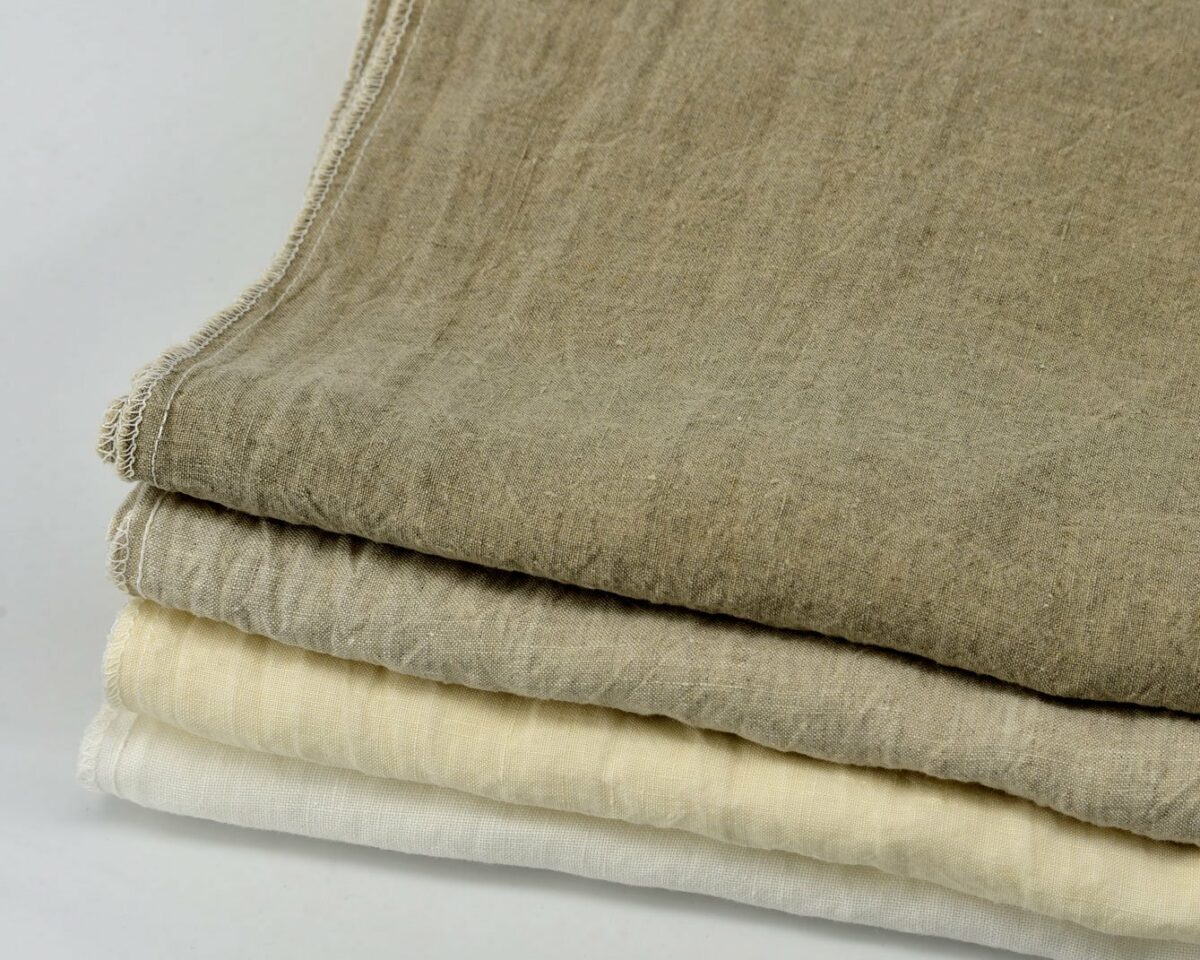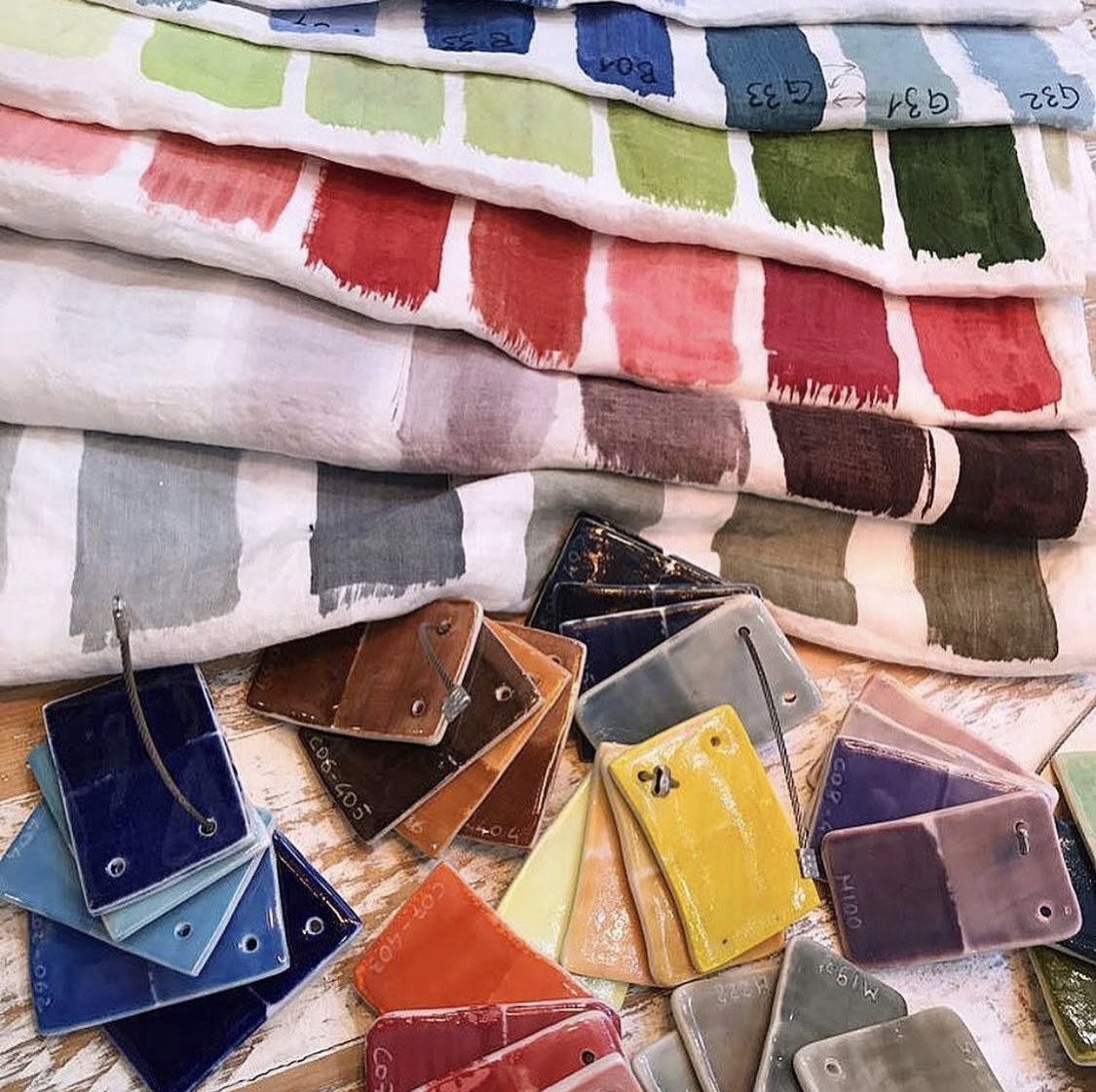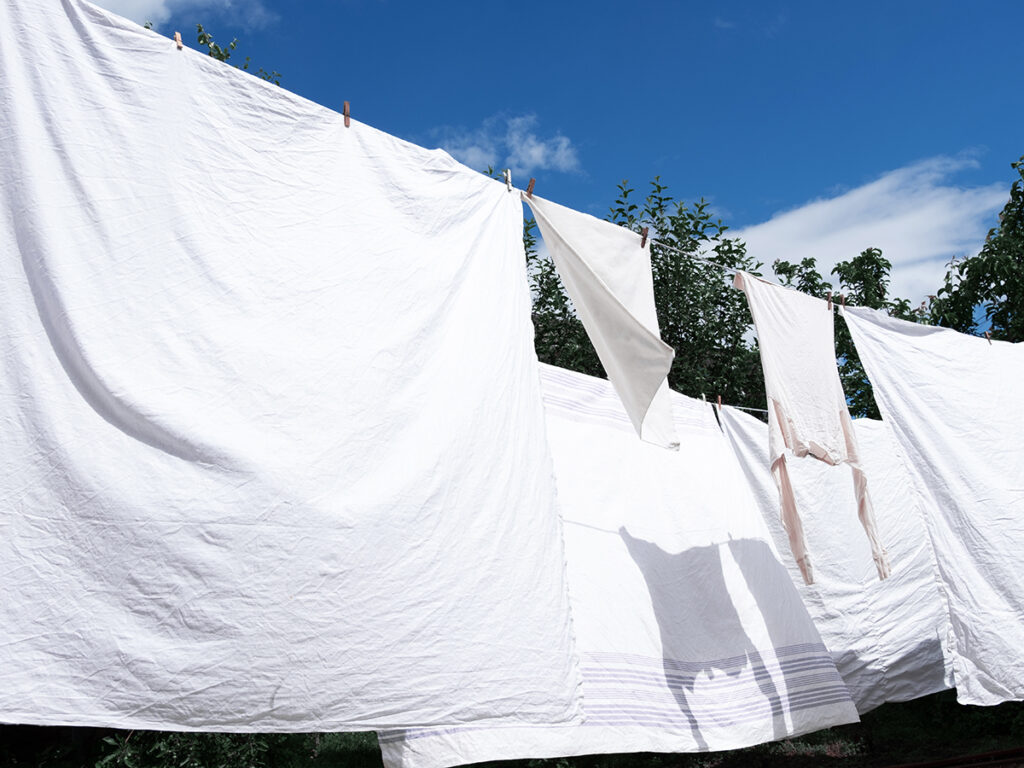News
The Full Guide to: Washing Linen Fabrics
Linen is a beautiful material. It’s natural, sustainable and soft to touch, while also being versatile and tactile. Used often in interiors as well as clothing, linen can last a long time and continue to look beautiful, when you take great care of it. With this in mind, here’s the full guide to washing linen fabrics…
Linen explained…
Linen is incredibly durable and is a natural fibre, made from the flax plant. The finest linens are made in Europe, more specifically, Belgium. This is because of the optimal climate and rich soils, which results in the strongest and high quality flax.

There are a huge range of benefits to linen. Firstly, it’s breathable and highly absorbent, as well as offering temperature regulating properties. It’s also considered to be one of the strongest natural fibres available and is considered to be 30% stronger than cotton. Tablecloths, napkins and tea towels made from linen will all last longer than those made from cotton, or synthetic materials. Not just beautiful, linen has a long lasting lifespan, making it well worth spending a bit more on as any linen item is a worthwhile investment. Linen also won’t lose its shape and will always maintain its size.
This natural fabric is also environmentally friendly. Linen is one of the greenest and most sustainable fabrics. Firstly, the flax plant needs minimal water and no fertilisers to be grown, and secondly, because linen lasts a long time, it doesn’t need to be replaced often, if at all. Finally, linen is biodegradable too.
A well-loved fabric for thousands of years, it’s clear to see why linen is such a desirable material.
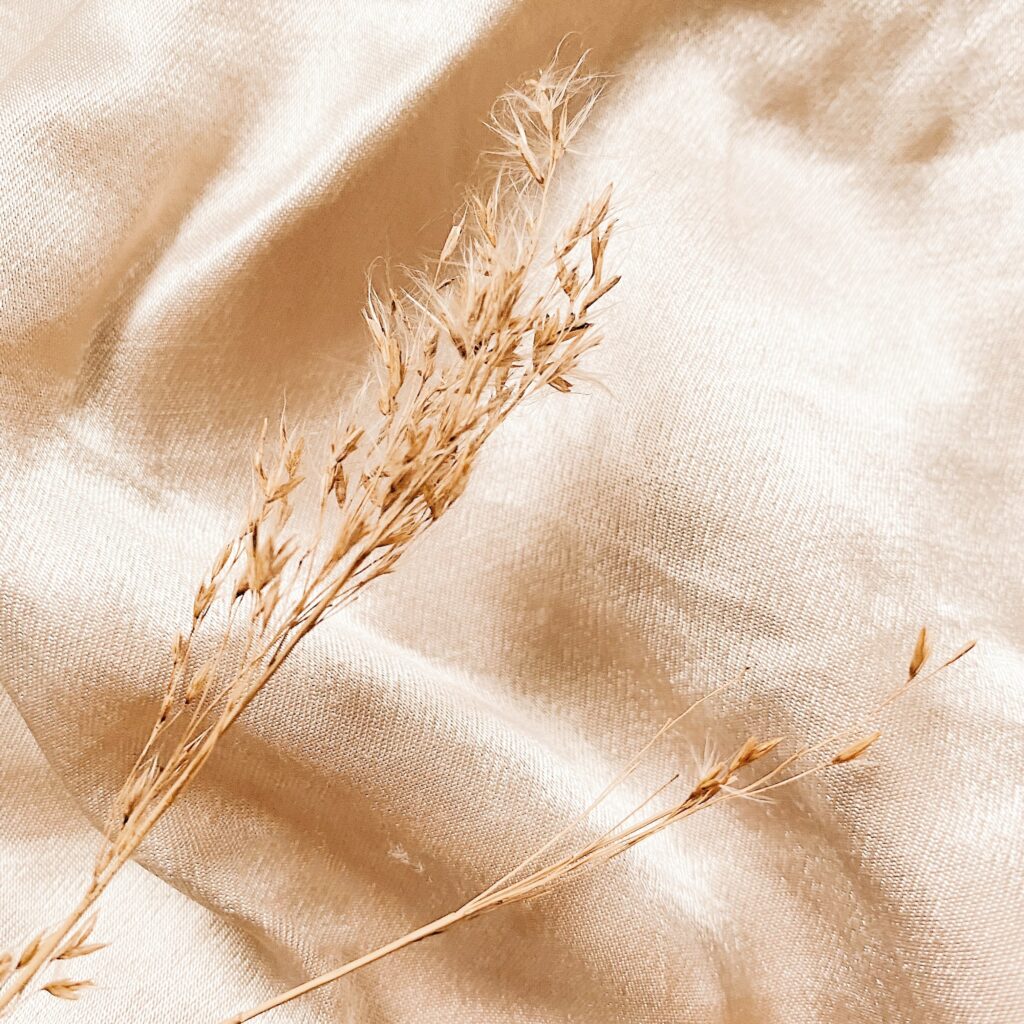
How to Care for Your Linens…
Linen requires a few basic steps to keep it in as good condition as possible. By caring for your linens and learning how to clean linen, you can be confident your tablecloths, tea towels and napkins, or whatever you choose to invest in, will last for years to come.
Option One: Spot Clean
If your linen needs a freshen up, or you need to remove any stains or marks, always opt to spot clean linen over machine washing where possible. In choosing to spot clean, this will expand the lifespan of your linen, as overwashing over time can cause damage. European linens will last a lifetime, or longer, so you don’t need to save them for special occasions. Just take a bit of time to clean and care for them, and you will be able to enjoy them every day, should you wish.
Top Tip: From time to time, something will spill on your linens that may cause a permanent stain. Red wine, or coffee, as an example, should be pre-treated before spot cleaning or washing. Ideally, treat the stain as soon as possible, by blotting with white vinegar and baking soda. This should remove the stain and stop it setting in, leaving a permanent mark.
Option Two: Of course from time to time only a good machine wash will do to breathe new life into your linens. Linen is one of the strongest natural fibres, so washing semi-regularly will not cause damage to your fabrics. In fact, linen is even stronger when wet, ensuring it will wash just fine when machine washed, but to avoid wear and tear over the long term, opt to spot clean in between washes.
Top Tip: If something gets spilt on your linens during your dinner party, don’t worry about whisking them off to be treated and spot cleaned instantly. Instead, sprinkle a little salt on the stain at the table so that your dinner party can resume. The salt will stop the stain sinking in too deep, and you can then treat it once your guests have gone.
Washing Linens…
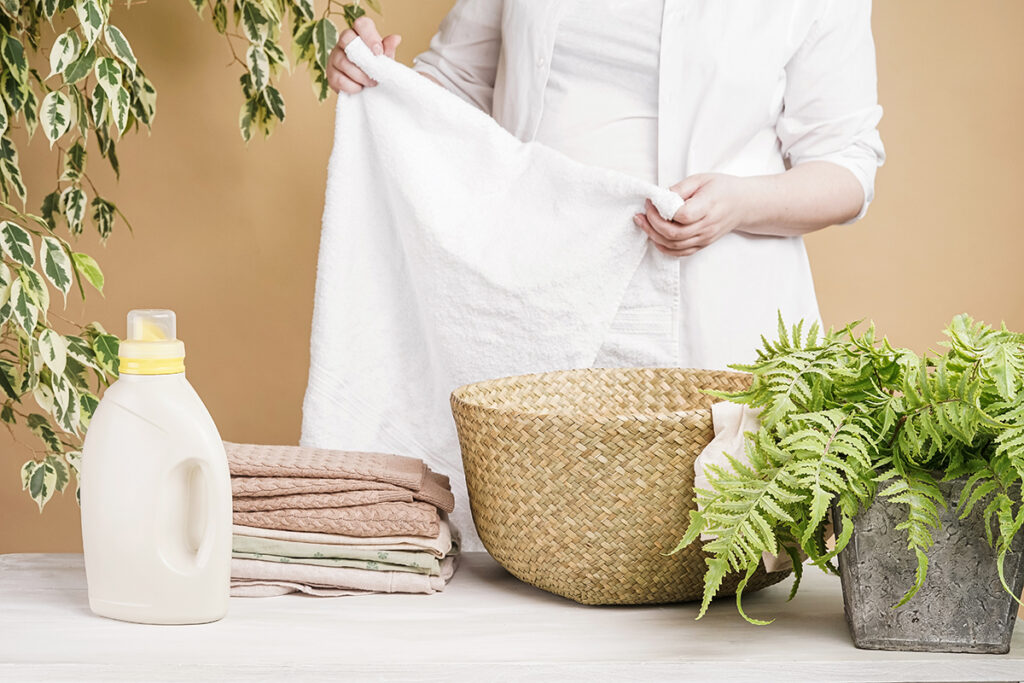
Always check individual instructions for your linen, however most linens can be machine washed on a 30 degrees cycle. Should you need to, white and natural linens can be washed at up to 90 degrees, but if you do this often over time the natural fibres will weaken. If you wash at 30, this is better for both your linens and the environment.
Choose a detergent that is free from chlorine and optical brightening agents and use sparingly. Ideally, choose a detergent that is environmentally friendly, as this will be more gentle on your linens too.
Napkins, tea towels and tablecloths should all be unfolded before washing, and aim to wash alone or with a small load.
Top Tip: Never use bleach on your linens. If you have white linens that have become a little dull, air dry them in the sun to brighten them up again.
Linen Tea Towels…
The above care advice is ideal for your linen tea towels. When it comes to drying tea towels, air dry them inside or outside. Your tea towels will dry quickly due to being small, so there is no need to tumble dry them. When it comes to storing your linen tea towels, store them rolled, not folded, to avoid stubborn creasing. Never store linen tea towels in any kind of plastic covering, as this can cause discolouration.
Linen Napkins…
Linen napkins are ideal for being spot cleaned, but can also be machine washed too when necessary. Linen napkins are among the most likely to suffer from staining. In the instance that spills do happen, follow the above steps to prevent permanent stains. You can air dry your napkins, and where possible store them flat, or roll instead of folding.
Linen Tablecloths…
To keep your tablecloths in great condition, spot clean after use and remove any stains as soon as possible. Machine wash on 30 when necessary, and air dry after washing. When it comes to storing your linen tablecloths, roll them instead of folding, to avoid creasing.
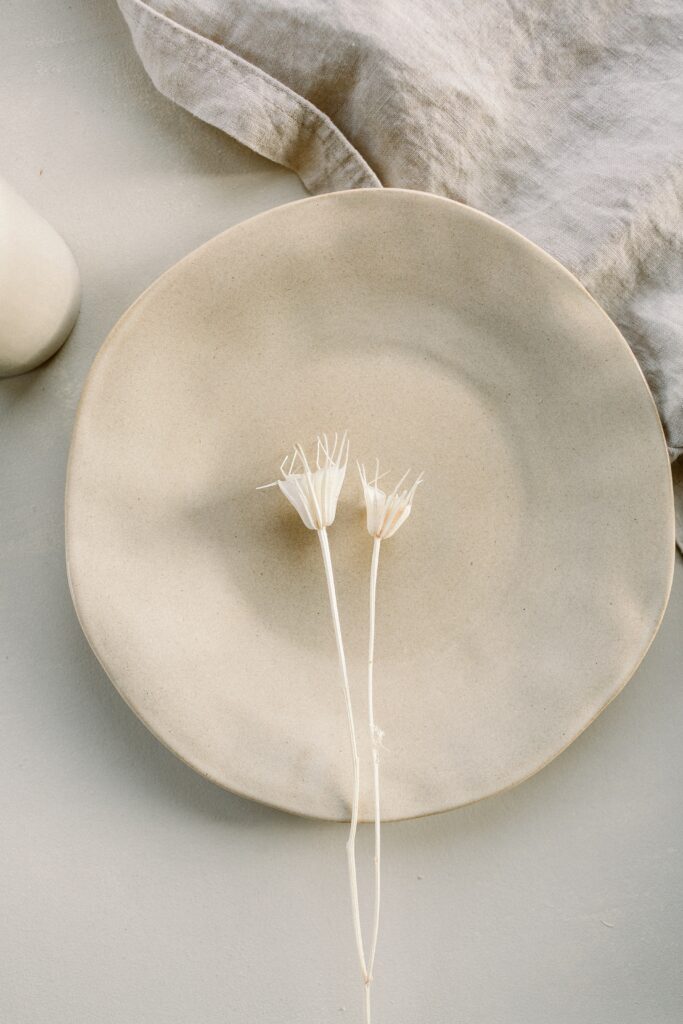
With just a little care and effort, your linens will look beautiful for years to come, and can even last a lifetime or longer. Linen is a beautiful fabric that will add effortless texture and interest to your home.

